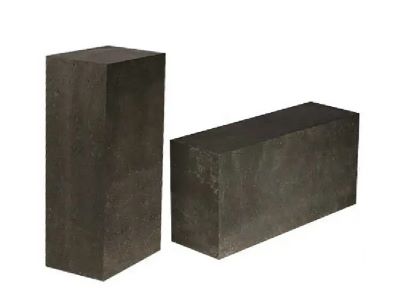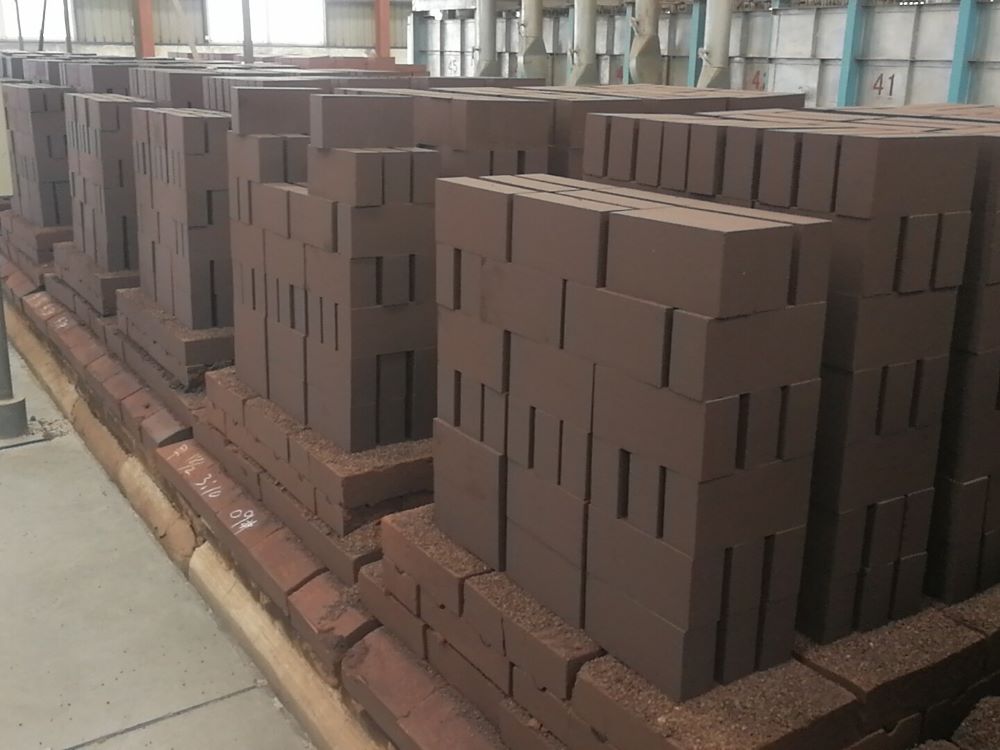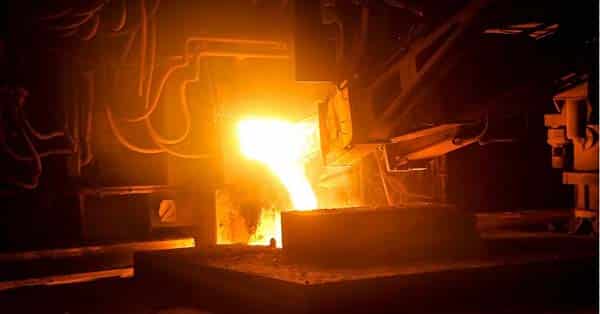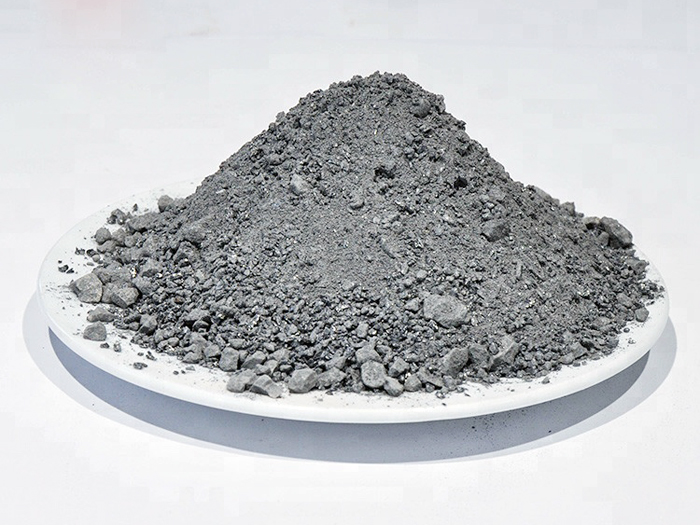Wear-resistant refractory castables are specialized materials designed to withstand abrasive wear and mechanical impact in high-temperature industrial environments. These castables are commonly used in applications where both high strength and resistance to physical wear are critical, such as in the steel, cement, and mining industries.
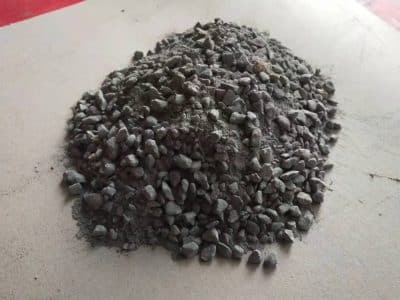
Composition:
Wear-resistant castables typically contain:
- High-performance aggregates: These include materials like alumina, silica, or special additives like corundum, bauxite, or zirconia, which provide strength and durability under extreme conditions.
- Binders: Various bonding agents such as hydraulic binders or organic resins are used to improve workability and the bonding strength of the castable during installation.
- Additives: Special additives, like fine powders or reinforcing fibers, may be included to enhance specific properties like abrasion resistance, thermal shock resistance, and mechanical strength.
Properties:
- Abrasion resistance: These castables are designed to resist the effects of friction, erosion, and wear caused by high-velocity gases, dust, or particles, making them suitable for equipment exposed to constant physical impact.
- High mechanical strength: They maintain their structural integrity under heavy mechanical stress, reducing the risk of cracking or spalling under high-load conditions.
- Thermal stability: Wear-resistant castables can endure high temperatures without deteriorating, which is important in industrial processes that generate intense heat.
- Thermal shock resistance: These materials are designed to handle rapid temperature changes without cracking or losing performance.
- Chemical resistance: While primarily focused on wear, many wear-resistant castables also offer resistance to chemical corrosion from gases, slags, or molten metals.
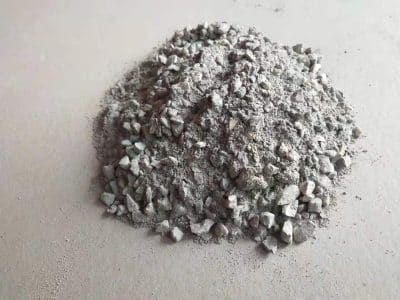
Applications:
Wear-resistant refractory castables are used in a variety of industries where mechanical abrasion and high temperatures are common:
- Steel industry: In parts of blast furnaces, ladles, and converters, where abrasion from slag and molten metal occurs.
- Cement industry: For lining rotary kilns, where the material is subjected to both mechanical wear and high heat.
- Mining and mineral processing: In crushers, chutes, and other equipment exposed to abrasive particles.
- Power generation: For boiler linings and other parts exposed to high-velocity flue gases and abrasive particles.
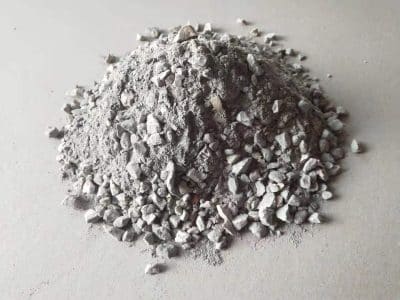
Conclusion:
Wear-resistant refractory castables offer essential durability and performance in harsh industrial environments. Their ability to withstand physical wear, mechanical stress, and high temperatures makes them a critical material in sectors like steel, cement, and mining, where longevity and efficiency of equipment are paramount.




